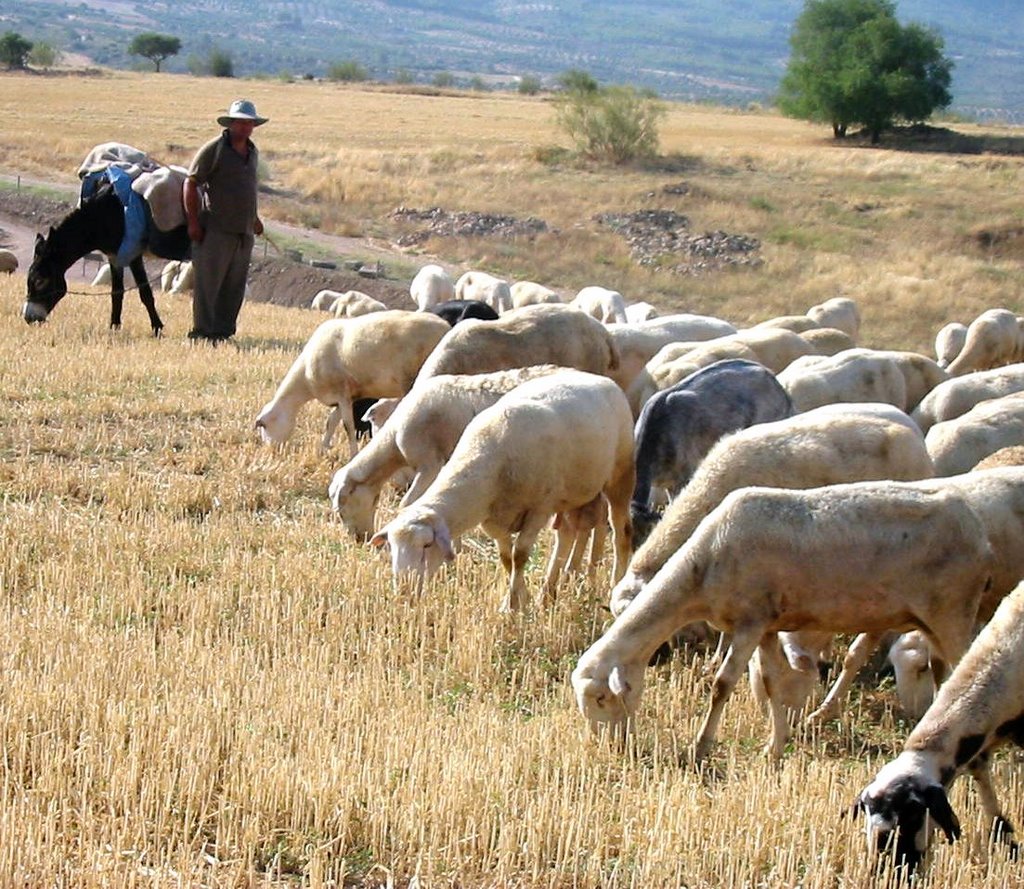The quality of sheep’s milk is a key factor in obtaining good dairy products. Several factors can influence this quality, from the genetics and feeding of the ewes to milk production management. In this article, we will explore the main factors that influence the quality of sheep milk and how their understanding and control are critical to ensure high quality dairy products.
Sheep genetics and selection
Choosing the right breed is key to milk quality and the desired production system. In general, there is an inverse relationship between milk volume and milk composition: the greater the volume, the lower the protein and fat concentration.
Genetic improvement programs and careful selection of breeding stock are important tools for improving milk quality in sheep.
In Spain, genetic improvement programs have been developed in breeds such as the Manchega, Churra, Latxa and Carranzana.
In addition to milk production, work is also being done on dairy morphotype selection in ewes, focusing mainly on mammary morphology that facilitates efficient mechanical milking.
Adequate food and nutrition

Proper feeding and nutrition are determining factors in the quality of sheep’s milk.
A
balanced, nutrient-rich diet, with access to fresh pasture
with access to fresh pasture and adequate supplementation, influences the content of fat, protein and other essential components of milk.
It is observed that ewes with higher weights and better body reserves produce between 7 and 20% more milk. Hence the importance of feeding in the last third of gestation and during lactation.
Poor feeding can result in a decrease in the quality and quantity of milk produced.
Type of lambing and number of lambs raised
The influence of lambing type and number of lambs reared on ewe milk production and quality is mainly reflected in the number of lambs suckled.
Ewes feeding two lambs show higher production compared to those raising only one. This is because they are able to completely empty the udder more easily. In addition, ewes that rear multiple lambs maintain peak production for a longer period of time.
Quality of the milking and milk handling process

The method of milkingthe number of daily milkings and the interval between them influence the quantity and quality of sheep’s milk.
Mechanical milking does not cause significant changes in milk quantity and quality, which allows for intensified production. Increasing the number of daily milkings favors milk production, with two milkings per day at specific intervals being common.
The suppression of one milking can result in a 30% loss of production. In addition to internal factors, such as the animal, external factors related to the environment and management also determine milk production in ewes. These factors may interact with each other, making it difficult to separate their individual effects.
Careful processing and proper refrigeration are equally important to maintain the quality of sheep’s milk from collection to processing into dairy products.
Frequently Asked Questions:
1. Can the breed of sheep affect milk quality?
Yes, the breed of sheep can influence milk quality.
Some breeds are genetically selected for their milk production and specific quality characteristics. However, it is important to note that genetics is not the only determining factor and that feeding and management also play a crucial role.
2. Does the season of the year affect the quality of sheep’s milk?
Yes, the season of the year can have an impact on the quality of sheep milk. Seasonal changes in pasture availability and diet composition can influence milk quality and composition. For example, spring is often associated with higher milk quality and quantity due to the availability of fresh, nutritious pasture.


